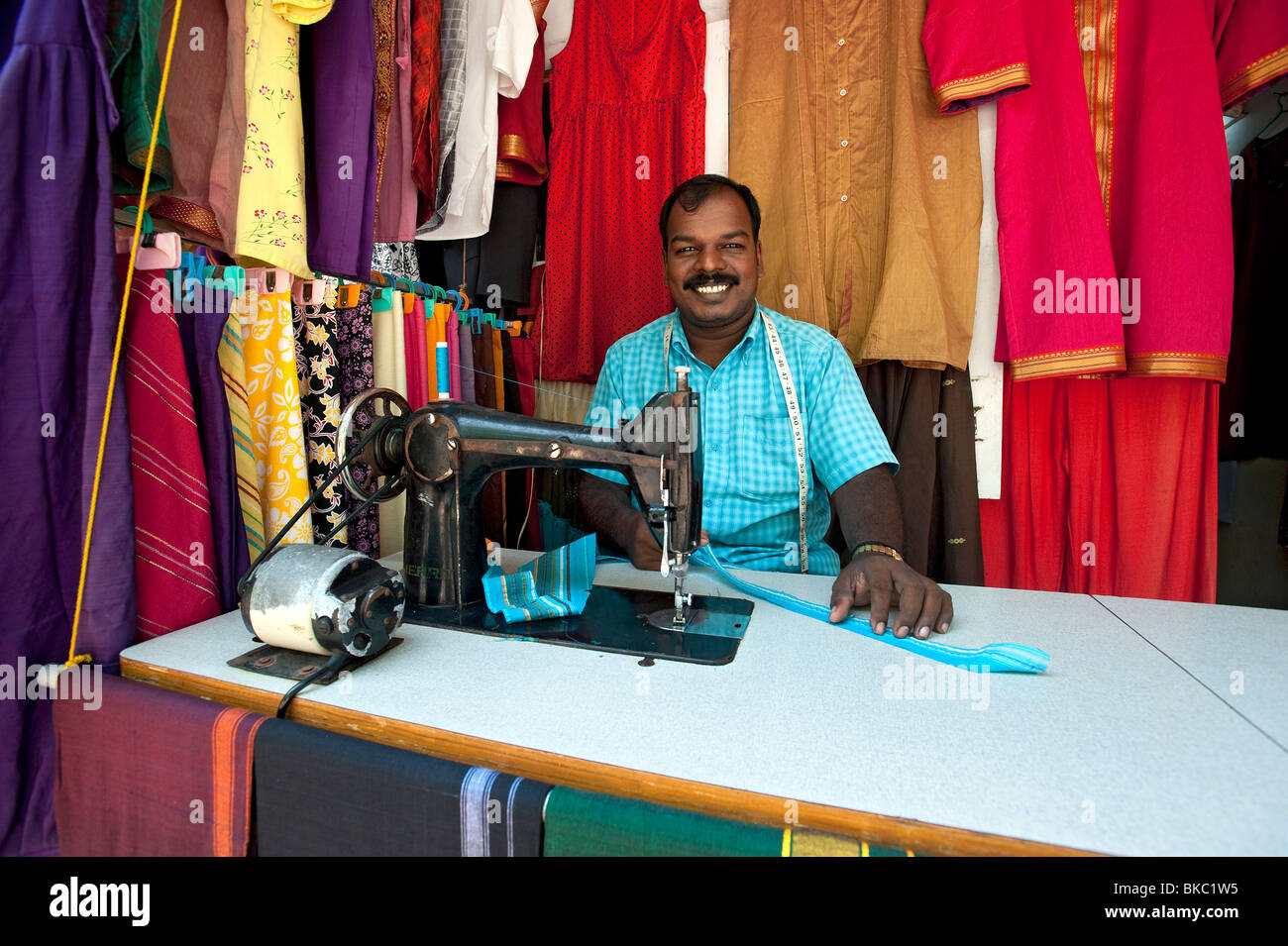Comprehending the Tailoring Process: From Material Selection to Final Fitting for the Suitable Wardrobe
The tailoring procedure is a complicated interaction of art and scientific research, beginning with the crucial decision of fabric choice and culminating in the exact changes of last fittings. Each textile kind brings special top qualities that influence not only the visual allure however likewise the garment's durability and suitability for numerous events. Comprehending the nuances of tailoring strategies can raise one's wardrobe to unprecedented degrees of refinement. As we discover these aspects additionally, one must think about exactly how also the smallest details can substantially impact the general outcome of one's personal style.
Significance of Textile Choice
Choosing the appropriate material is vital in the tailoring procedure, as it directly influences the convenience, sturdiness, and overall aesthetic of the last garment (tailor perth). The choice of textile establishes the foundation for the garment's functionality, style, and performance. Different materials possess distinct homes, such as breathability, weight, and stretch, which can substantially influence just how the garment drapes and fits the body
In addition, fabric choice impacts the garment's longevity and ease of care. High-quality fabrics can withstand wear and tear, maintaining their look and framework with time, while lower-quality products might bring about pilling or fading. In addition, the appropriate textile adds to the garment's capacity to change throughout events and periods, therefore boosting versatility.
A tailored piece made from an ideal fabric not just showcases workmanship yet also raises the wearer's confidence. Consequently, comprehending the subtleties of textile option is critical for any customizing undertaking. It ensures that the last item not only fulfills the aesthetic needs of the customer however additionally lines up with useful requirements, consequently accomplishing an unified equilibrium in between kind and function in the tailored wardrobe.
Kinds Of Fabrics and Their Uses
Understanding the numerous kinds of textiles readily available is crucial for making informed decisions during the customizing process. Each material possesses special features that determine its viability for specific garments and occasions.
Cotton, known for its breathability and softness, is suitable for sportswear and summertime clothing. Its adaptability allows it to be tailored right into every little thing from t-shirts to gowns. Woollen, on the other hand, is favored for its heat and structure, making it an exceptional selection for formal fits and outerwear - tailor perth. Its all-natural elasticity assists garments keep form in time.
Silk shows luxury and is lightweight, making it ideal for eveningwear and fragile shirts; however, it requires cautious handling because of its delicacy. Bed linen, with its textured finish, is a preferred selection for warm climates, offering a airy and crisp feeling, but it wrinkles conveniently, which may impact the garment's appearance.
Artificial materials, such as polyester and nylon, offer resilience and resistance to wrinkles, making them suitable for daily wear and energetic garments. Recognizing these textile kinds and their residential or commercial properties enables for much better decision-making, making sure that each tailored piece not only fits well yet additionally straightens with the desired function and event.
The Tailoring Methods Clarified
The art of customizing depends on a range of methods that transform fabric right into well-fitted garments. Central to this procedure is pattern preparing, where a tailor creates visit homepage templates based upon the client's measurements and desired design. This preliminary step ensures that the garment will click site certainly fit the user correctly before any kind of cutting occurs.
As soon as patterns are developed, cutting techniques enter play. Precision is critical as inaccuracies can bring about misfitting garments. Tailors commonly utilize numerous reducing techniques, such as single-layer reducing for complex styles and multiple-layer cutting for efficiency on typical patterns.
Basting is an additional vital technique, permitting dressmakers to temporarily stitch textile items with each other for an initial fitting. This technique offers the possibility to analyze the drape and general silhouette before final sewing.
Seaming strategies, including french joints and flat-felled seams, enhance the garment's durability and aesthetic appeal. Tailors likewise employ methods such as interfacing and padding to supply framework and shape to details areas, like shoulders and collars.
Lastly, completing strategies, including hemming and side ending up, guarantee the garment's durability while providing a polished appearance. With each other, these techniques develop the foundation of reliable tailoring, leading to elegant, custom-fit clothing.
Suitable Changes and Considerations

Key considerations include the shoulder fit, which should neither droop neither restrict movement, and the sleeve length, which need to permit comfy arm movement while maintaining a polished appearance. Furthermore, modifications at the waistline can refine the shape, with choices to let out or take in fabric as required.
The rise of pants is an additional vital element; it must rest pleasantly above the hips without causing pain, enabling for go to my blog simplicity of movement. Hemming lengths for both trousers and skirts need to mirror the user's favored style while valuing proportions.

Maintaining Your Tailored Clothing
Constantly comply with the treatment tag directions, which might advise completely dry cleaning for delicate materials or device cleaning for even more sturdy materials. Avoid frequent laundering, as this can wear down the textile and modify the garment's form.
Storage space is just as crucial; use padded wall mounts for coats and coats to preserve shoulder structure, and store trousers folded up neatly or hung to stop creasing. Shield garments from direct sunlight, which can fade shades and damages fibers.
Furthermore, periodic inspections for small fixings can stop larger issues. Look for loosened buttons, tearing joints, or signs of moth damages, attending to these issues promptly to keep the garment's stability.
Lastly, take into consideration seasonal rotation. Putting on customized pieces in small amounts enables textiles to recuperate, extending their life-span. By carrying out these maintenance approaches, you can guarantee that your customized garments stay as excellent as the day you first used them, improving your optimal wardrobe for several years to find.
Verdict
The customizing procedure, encompassing material option, experienced strategies, and specific suitable adjustments, plays an important duty in creating garments that boost both convenience and style. Understanding the importance of maintenance extends the life of customized garments, strengthening their value in a well-curated closet.
Picking the best material is crucial in the tailoring procedure, as it straight influences the comfort, resilience, and overall visual of the last garment. The selection of textile sets the foundation for the garment's efficiency, style, and functionality. Various fabrics have one-of-a-kind residential properties, such as stretch, breathability, and weight, which can substantially influence exactly how the garment drapes and fits the body.
The art of tailoring counts on a selection of techniques that transform fabric right into well-fitted garments.The customizing process, incorporating material option, skilled methods, and exact fitting modifications, plays an essential duty in creating garments that improve both convenience and design.